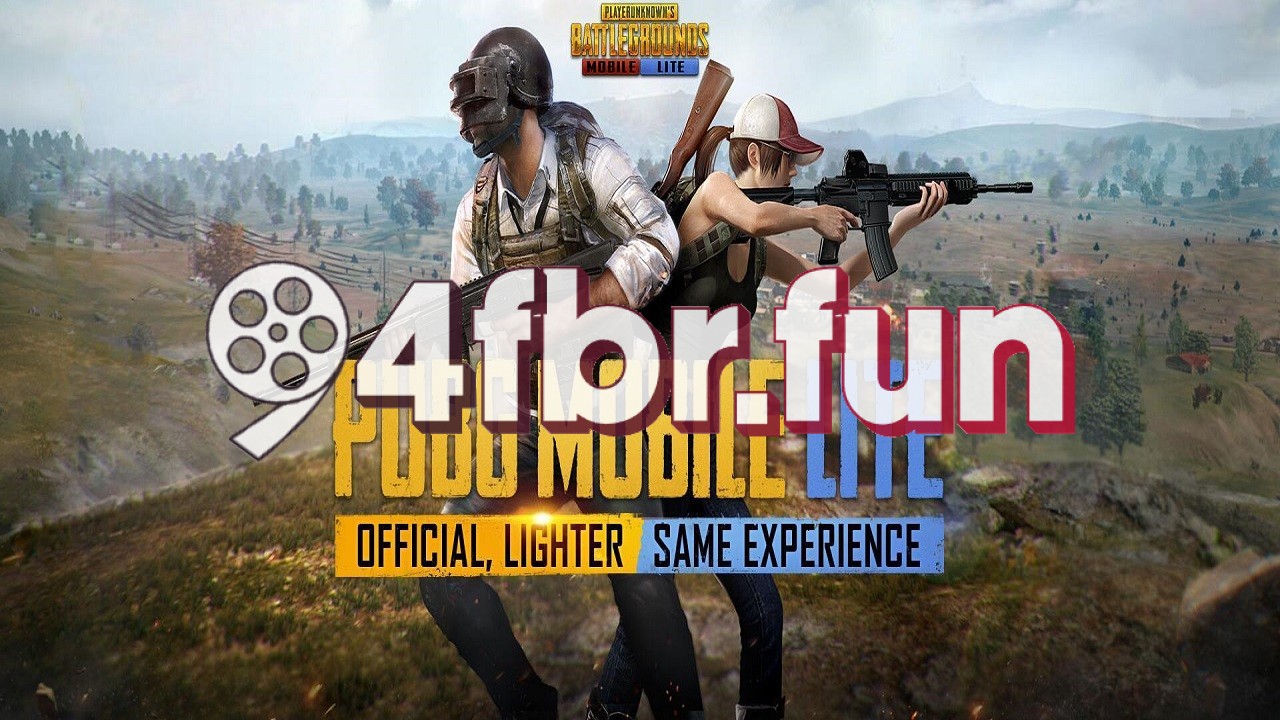94fbr Pubg Lite Mod APK Aimbot Config File Download
600 MB
0.27.0
5.0
Description
The Rise and Fall of 94FBR PUBG Lite
Introduction
Enter 94FBR PUBG Lite, a streamlined version of the game designed for low-end hardware, promising the same thrilling battle royale experience without compromising too much on gameplay quality. While PUBG Lite became a beacon of hope for budget gamers, it eventually met an untimely end. This article delves into PUBG Lite’s lifecycle, exploring its features, popularity, controversies, and eventual shutdown. PlayerUnknown’s Battlegrounds (PUBG) revolutionized the gaming industry with its unique battle royale gameplay, attracting millions of players worldwide. However, due to its demanding system requirements, many gamers with low-spec PCs were left out of the experience.

1. The Birth of PUBG Lite
PUBG Lite was launched as a solution for gamers unable to run the original PUBG on their systems. Released in January 2019, PUBG Lite was initially available in Thailand before being rolled out to other regions, including South Asia, Latin America, and the Middle East.
This version was specifically engineered for PCs with lower specifications. Its goal was simple: to extend PUBG’s accessibility to a wider audience. The game was free-to-play, offering the core PUBG experience without the hefty system requirements of its parent game.
Key Objectives of PUBG Lite:
- Accessibility: Expand the PUBG player base by catering to those with low-end systems.
- Regional Focus: Target regions with limited gaming infrastructure or affordability.
- Reduced Complexity: Strip down the graphics and optimize performance while retaining the original gameplay essence.
2. Features of PUBG Lite
PUBG Lite retained the core mechanics of the original game but with significant tweaks to accommodate limited hardware capabilities.
2.1 Graphics and Performance
PUBG Lite featured simplified graphics to reduce the strain on GPUs and CPUs. Despite this, the game maintained an acceptable level of visual quality to ensure immersive gameplay. The minimum requirements were surprisingly low:
- CPU: Intel Core i3 (2.4 GHz)
- RAM: 4 GB
- GPU: Intel HD Graphics 4000
- Storage: 4 GB
2.2 Gameplay Mechanics
The game offered the same battle royale gameplay as the original, with up to 100 players parachuting onto a shrinking map to fight for survival. Key gameplay elements included:
- Weapons and Gear: A wide variety of guns, attachments, and survival equipment.
- Maps: Popular maps like Erangel and Miramar, albeit with some downgrades.
- Vehicles: A selection of vehicles for traversing the large maps.
2.3 Free-to-Play Model
Unlike PUBG’s main PC version, PUBG Lite was completely free. This was a significant draw for gamers in developing regions, where affordability often determines game choices.
2.4 Frequent Updates
PUBG Lite developers frequently rolled out updates, introducing new maps, weapons, and seasonal events. This kept the player base engaged and ensured a dynamic gaming experience.
3. Popularity and Impact
3.1 Reception
PUBG Lite was widely embraced by gamers who couldn’t afford high-end PCs or the original game. Its popularity soared in regions like India, Brazil, Indonesia, and Bangladesh, where budget gaming is the norm.
3.2 Community Engagement
PUBG Lite fostered an active community through tournaments, leaderboards, and social media interactions. The game became a cultural phenomenon in some regions, with players forming clans, streaming gameplay, and participating in local events.
3.3 Comparison with PUBG Mobile
Many compared PUBG Lite to PUBG Mobile, which also catered to a similar audience. However, PUBG Lite had the advantage of a keyboard-and-mouse interface, giving players a more traditional PC gaming experience.
4. Controversies and Challenges
4.1 The “94fbr” Issue
The term “94fbr” often surfaces in searches related to cracked software or bypass methods. In the context of PUBG Lite, it indicates the desire of some users to bypass restrictions or gain unfair advantages. This raises ethical and legal concerns:
- Cheating and Hacking: Such tools undermine fair gameplay and can result in bans.
- Security Risks: Downloading unauthorized software often leads to malware or data theft.
- Impact on Developers: Cracks and cheats erode the revenue and reputation of game developers.
4.2 Cheating Epidemic
Like its parent game, PUBG Lite struggled with cheaters. The free-to-play model made it easier for banned players to create new accounts, leading to rampant cheating.
4.3 Limited Monetization
PUBG Lite’s free-to-play nature and regional focus posed monetization challenges. The revenue generated through cosmetic microtransactions was insufficient to sustain long-term development.
5. Shutdown and Legacy
On April 29, 2021, PUBG Lite officially shut down. Krafton, the game’s developer, cited undisclosed reasons for the closure. While the exact cause remains speculative, several factors likely contributed:
- Declining Player Base: As players moved to other games, the active user count dwindled.
- Business Decisions: Krafton may have prioritized its main titles, including PUBG Mobile and PUBG: Battlegrounds.
- Technical Challenges: Maintaining a separate version of the game required resources that may not have been justifiable.
Despite its closure, PUBG Lite left a lasting impact:
- Inclusivity: It highlighted the demand for accessible games in underrepresented regions.
- Community Spirit: PUBG Lite united millions of players, fostering friendships and rivalries.
6. Alternatives to PUBG Lite
Although PUBG Lite is no longer available, players can explore other options:
- PUBG: Battlegrounds (PC): Now free-to-play, it offers the full PUBG experience.
- PUBG Mobile Lite: A lightweight version of PUBG Mobile designed for low-end smartphones.
- Free Fire: A popular alternative in the battle royale genre, optimized for budget devices.
- Call of Duty: Mobile: Offers a similar battle royale mode with additional gameplay modes.
7. The Ethical Implications of “94fbr”
The pursuit of shortcuts like “94fbr” reveals a broader issue in the gaming industry: the divide between affordability and accessibility. While developers must ensure fair pricing and regional affordability, players should respect intellectual property rights and avoid unethical practices.
Conclusion
PUBG Lite’s journey reflects the evolving landscape of gaming, where inclusivity and performance optimization are becoming critical. While its shutdown marked the end of an era, PUBG Lite’s legacy continues to inspire developers to create accessible gaming experiences for all. As the industry grows, striking a balance between innovation, accessibility, and ethical gameplay will remain a challenge worth tackling.




